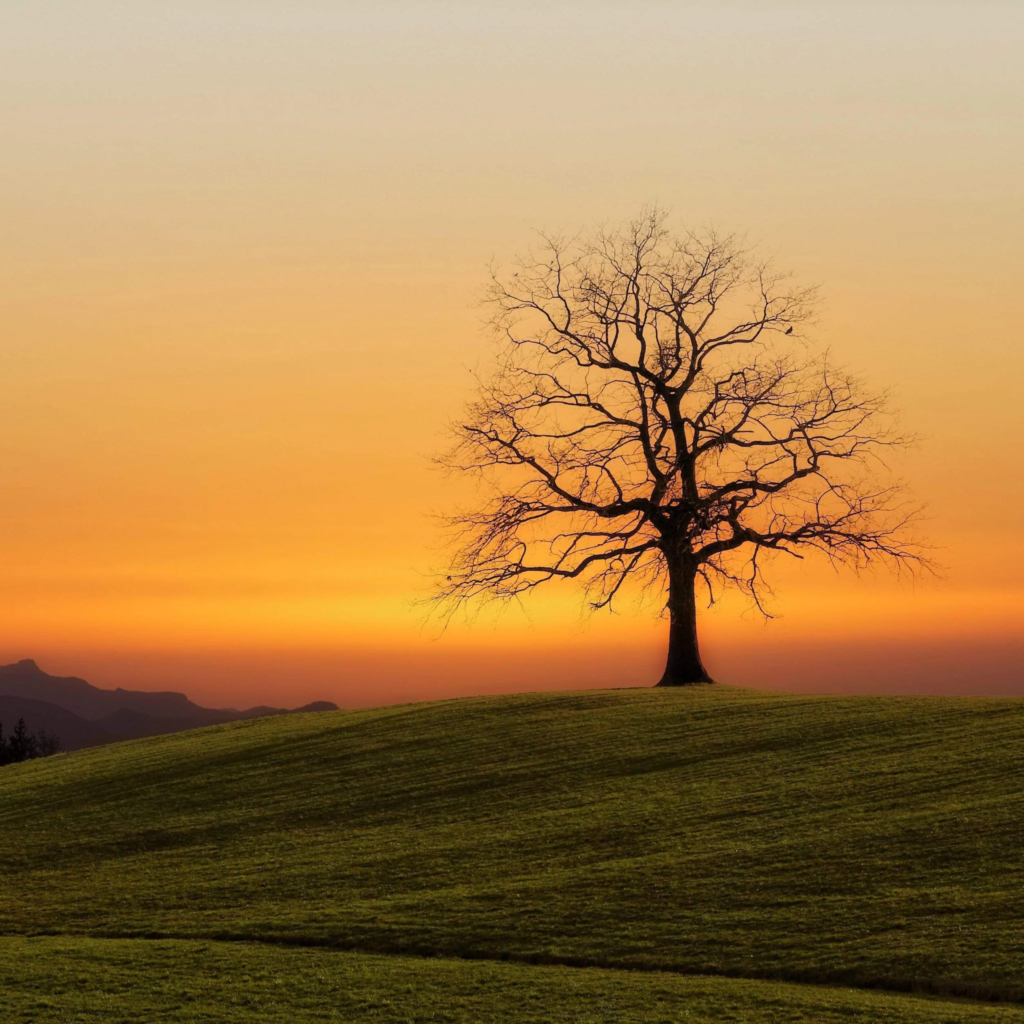
- What does Landscape mean? A landscape is the visible features of an area of land, its landforms, and how they integrate with natural or human-made features, often considered in terms of their aesthetic appeal.
- When did landscape emerge as a genre in western culture? After the fall of the Roman Empire, the tradition of depicting pure landscapes declined, and the landscape was seen only as a setting for religious and figural scenes. This tradition continued until the 16th century when artists began to view the landscape as a subject in its own right.
- When did classical landscapes emerge as a genre? In the 17th century the classical landscape was born. These landscapes were influenced by classical antiquity and sought to illustrate an ideal landscape recalling Arcadia, a legendary place in ancient Greece known for its quiet pastoral beauty.
- What prompted the rise of Landscape Art during the late 18th / 19th century? religious painting declined throughout the rest of Europe in the 18th and 19th centuries. That fact, combined with a new Romanticism — which emphasized emotion, individualism, and the glorification of nature — promoted landscapes to the well-loved place in art which they continue to hold today
- When did landscape photography originate? According to records, the earliest known evidence of a landscape photograph was taken between the years of 1826 and 1827. It was an urban landscape photo taken by a French inventor by the name of Nicephore Niepce.

Landscape photography is one of the most popular photographic genres. It’s easy to get started with the genre, but it can take a lifetime to master landscape photography skills. You don’t need a sophisticated camera or expensive lens, and the skills you learn when doing landscape photography translate to other types of photography.


